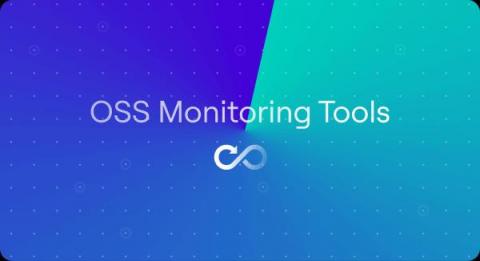Too Many Alarms? Take Advantage of Custom Situations
As IT infrastructures become increasingly complex to monitor and manage –with new compelling technologies such as virtual machines, software-defined networks and containers overlaid onto existing technology stacks– IT operations teams face the additional challenge of nearly unmanageable ticket volumes. Ticket prioritization, correlation, redundancies and sheer speed of ticket generation become problems in and of themselves.









